Balance is a funny thing. We don’t often fully notice it until we lose it. Like any other fitness characteristic like speed, power or strength, it can be developed and enhanced.
Blind Balance Training
Balance training is often approached in less-than-helpful ways. For example, the usual test of balance is to stand on a single leg and keep your eyes closed. This is very demanding, but also makes little sense. In life, you don’t really do anything while standing with your eyes closed. Also, when you are on one leg, you are rarely motionless (except when trying this test.) This creates false fails and discouragement from a test that is unrealistically hard.
In life, we most often have our eyes open and we are moving, even if on a single leg. And these movements are often done in response to something in the outside world—something we want to pick up, put down, go after or move away from. It makes sense then to (1) train balance in realistic ways and (2) to integrate reaction training with balance training.
Balance in Motion = Balance for Life
There are two major real-world ways to train balance in motion:
- Use “dynamic balance.”
- Balance when fatigued from other physical efforts.
Dynamic balance is the ability to stand (on one or two legs) while moving some other part(s) of the body or to introduce holds or stops into movement patterns. For example, standing on one leg while swinging your other leg or pausing to hold the bottom of skater hop before continuing on with more reps are examples of dynamic balance. By contrast, “static balance” is when you hold a position and attempt to remain motionless.
Reactivity is your ability to take in information from the outside world through your eyes, ears and other senses, and produce an appropriate physical response as quickly as possible. For example, your smartphone just fell out of your hand. How quickly you notice that it slipped out, look at it and have your brain judge the speed of fall and produce a fast reach of your arm and drop of your body to catch it will determine if you catch your phone successfully or have to replace a broken phone.
Balance Training With Your Eyes Open
Your body uses three systems to maintain balance
- Physical feedback—your muscles and joints send feedback to your brain about where they are in space
- Visual feedback—your eyes tell your brain where the horizon is to define what is level
- Vestibular (inner ear) feedback—the position of your head tells your brain which direction your head is tilting
Your body is always using physical feedback, and more of your brain is wired for your sense of sight than any other sense. Now you can see why closing your eyes doesn’t make sense as a way to start balance training because it is arguably the most difficult form of challenge to balance. Moving your eyes and head add difficulty to any exercise.
Dynamic Balance Exercises
Exercise: Single-leg Balance With Movement
Stand on a single leg while performing any of the following:
- Arm Reach
- Ball Toss
- Leg Swing
- Perform various arm and leg movements
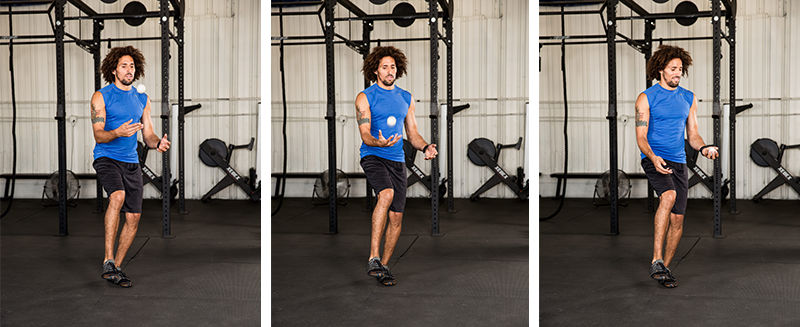
Partner Exercise: “Beach Ball” Balance
Stand on one or two legs on the platform of a 360 Trainer while holding a medicine ball. As your partner tosses a stability ball at you (the “beach ball”), knock it back using your medicine ball.
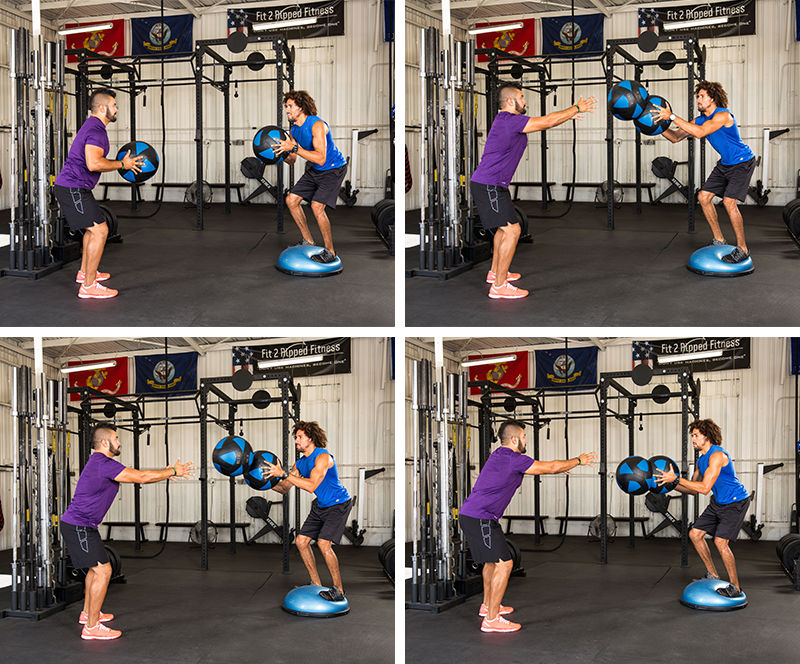
Exercise: Single-leg “Flextension”
Stand on your left leg and sweep your straight right leg up behind you (flexing your left hip.) Next, return to and through the starting position, swinging your right leg up and forward while bending the knee (extending the left hip.) The combination of flexion and extension gives us the “flextension” combination.
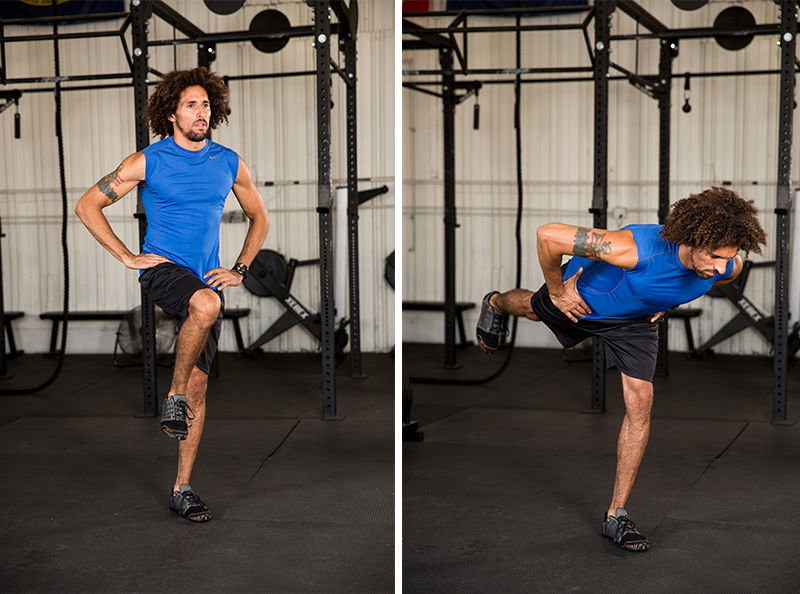
Exercise: Sideways Single-arm, Single-leg Wave
(Note: In the video, the participant on the LEFT is performing the single-leg variation.)
Stand facing your partner, with each of you holding the Son of the Beast Rope. Apply decent tension to the rope and shift the hips back slightly to counterbalance the pull of the rope. Begin performing a sideways wave.
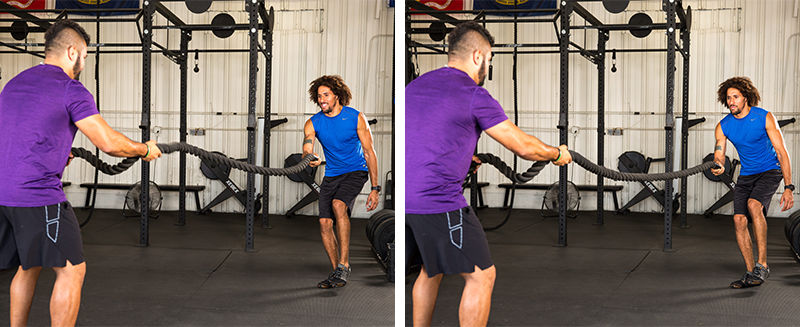
Balance Training While Fatigued
Exercise: Reaction Ball Drill Followed by Slow Moving Dynamic Balance
Challenge yourself with a fast-paced, reactive exercise, and then immediately slow things down and try to shift to dynamic balance training. The video shows a drop-and-chase exercise featuring the reaction ball, followed immediately by the “Single-leg Balance With Movement” described above.
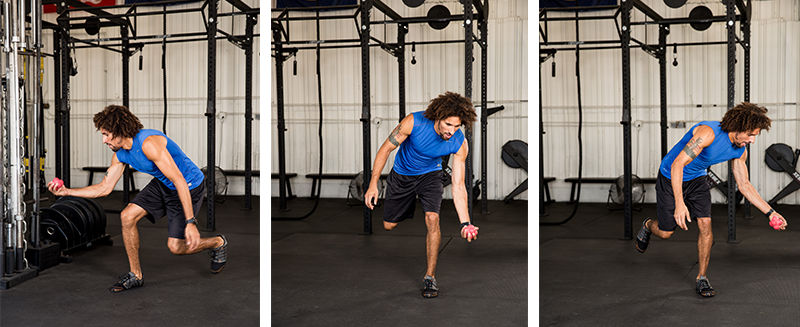
Wrap Up
Standing motionless on a single leg with your eyes closed mimics very little in the real world. Balance in motion creates a more realistic balance challenge. The options presented here are just the beginning of what you can do to make balance and reaction training, challenging, interesting and more beneficial.




 by
by 






